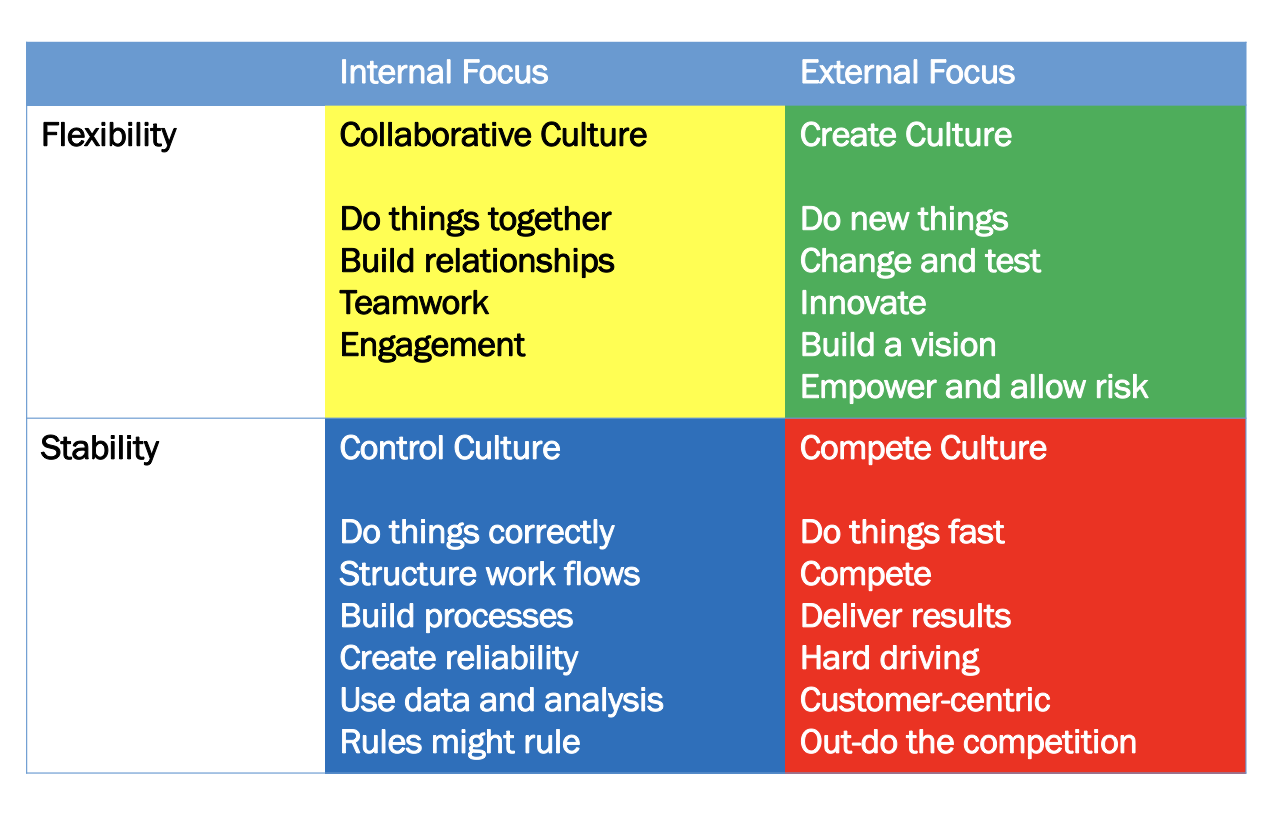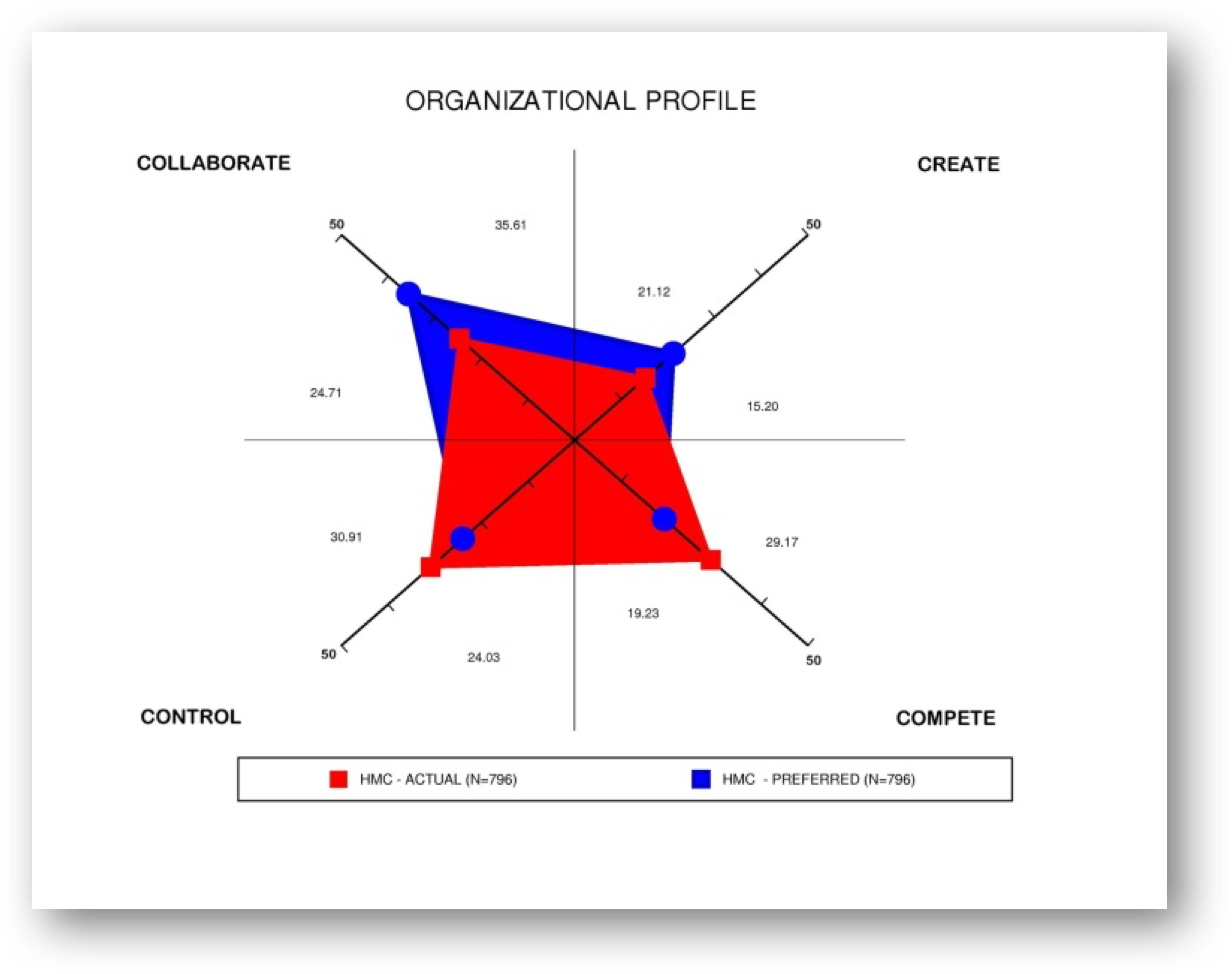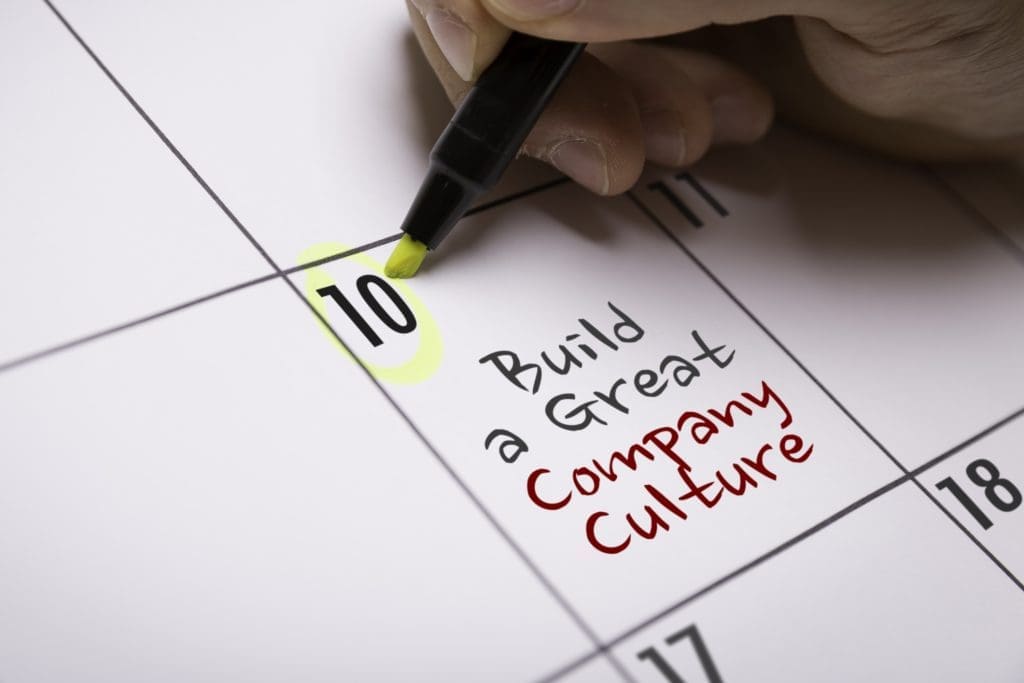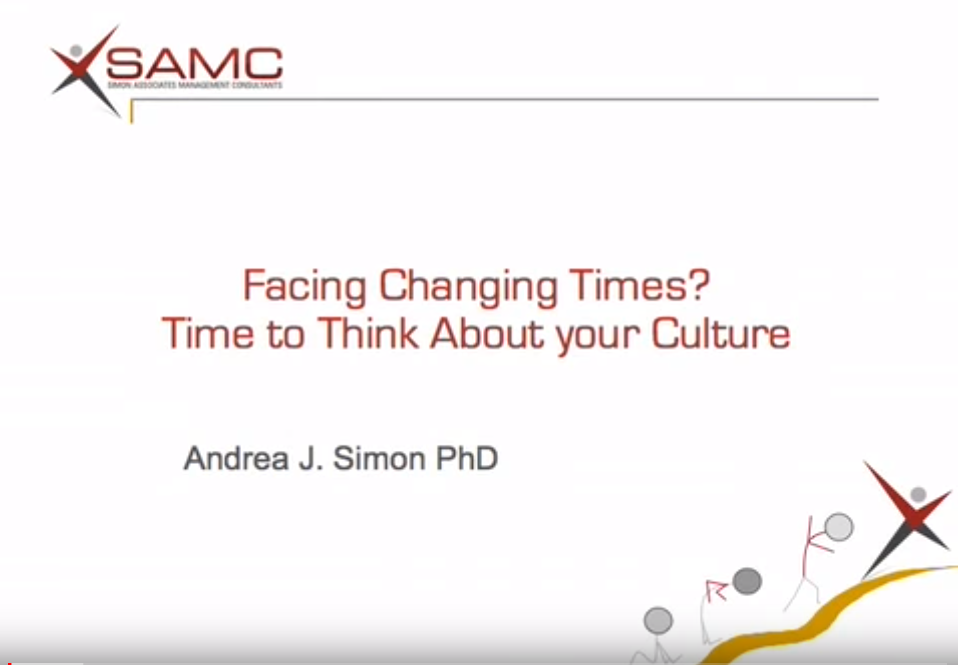I have had so many requests for help using the Organizational Culture Assessment Instrument, the OCAI, that it seemed timely to tell you more about this great method and tool for evaluating your culture today and what you would like it to become in the future (www.ocai-online.com).
A business, by definition, needs to be in a constant state of motion. If you want to grow and succeed in the market, you need to always be moving forward. The same can be said for organizational culture. In both cases, change is the driving force that can help your organization reach its goals and fulfill your ambitions.
Why is corporate culture important?
Understanding organizational culture is hard, and changing it is even harder. But it is the essence of what your organization is all about. In order to implement meaningful change inside your business, you will have to look inward and evaluate your current culture. Only then is it possible to determine where you want to go from there and create a strategy that can help you reach your destination.
Fortunately, recent developments in understanding and improving organizational culture have created new methods that can help you achieve change. One such method is the OCAI and here is how you can use it to implement change in your organization.
What is the OCAI?
The Organizational Culture Assessment Instrument (OCAI) is a successful research method used to assess an organization’s current and preferred organizational culture as well as its desire to change. The methodology was developed by University of Michigan professors Dr. Kim Cameron and Dr. Robert Quinn based on the Competing Values Framework. Using 39 different indicators, this powerful assessment tool measures an organization’s effectiveness depending on whether it has:
- Internal focus and integration vs. external focus and differentiation
- Stability and control vs. flexibility and discretion
Because an organization cannot integrate two values at maximum capacity, these will always be competing values. In creating this polarized model, Cameron and Quinn were able to develop the Competing Values Framework and four corresponding Organizational Culture Types based on those competing values:
- Clan Culture—a friendly working environment where behavior within the organization resembles family structures based on loyalty and tradition. This type of organization focuses on developing long-term Human Resources to achieve success by addressing the needs of their clients.
- Adhocracy Culture—a dynamic working environment where behavior is based on successful innovation and risk taking. This type of organization uses experimentation and innovation to create bonds between workers to achieve its long-term goals of growth and developing new ways of doing things.
- Market Culture—a results-based organization where things get done and winning is the most important bonding factor. People in these organizations are goal-oriented and highly competitive, and long-term success is defined by market penetration, stock valuation and industry domination.
- Hierarchy Culture—a formal and highly-structured working environment where procedures determine how people behave. These organizations have formal rules and policies in place that tie it together and ensure fluidity, while stability ensures efficiency when reaching long-term goals.
One way to think about this is in the language we use to describe the four major archetypes of culture:

How to use OCAI to assess organizational culture
To assess an organization’s culture, its entire staff—from the CEO on down the line—needs to complete the OCAI culture survey. Using 100 points to describe the organization’s present culture, the survey assigns values according to these four cultural types. Once the assessment is completed, the organization has gained valuable insight into the most dominant features of its current company culture.
Next step: All participants answer the OCAI questionnaire a second time, and now the 100 points are used to describe the preferred team culture the organization is trying to achieve for the future. Comparing the two results determines the company’s desire to change its culture, as well as the rate of satisfaction in the current corporate culture.
The OCAI assessment measures six cultural aspects that need to be addressed within a company:
- Dominant characteristics of the organization
- Leadership inside the organization
- Management of employees and teams
- Behavior that keeps the organization together
- Strategic emphasis
- Criteria used to determine success
Averaging all of the individual OCAI scores allows you to determine the collective cultural profile of your organization (current and desired). In smaller teams, you can assess each individual team member’s answers and combine the results to form a profile of that department’s team members, and then you can combine them to get the general profile of the organization.
This is one we captured for a healthcare client. (You can read more about them in my book, “On the Brink: A fresh lens to take your business to new heights.”) As you can see, the recurring theme was a desire to become less controlling and more collaborative and innovative. How to do this was the next challenge.

What is the “best” company culture?
According to Cameron and Quinn’s research, organizations rarely exhibit just one cultural type. Instead, they tend to develop a mix of all four. However, their findings also point out that most businesses develop a dominant cultural style on which they rely in most day-to-day operations.
Having said that, the most effective type of culture is flexibility, or an equal amount of all four cultural styles. This leads to contradictory behavior inside the culture, requiring the “best” organizations to balance the competing values and use all four according to each different situation, which in most cases is unsustainable.
Instead, Cameron and Quinn theorize, it’s best to use different values for different conditions, and work to create a specific culture based on accepted industry norms. For example, as you can see in the graph above and in healthcare in general, the prevailing cultural style is Clan Culture because the main goal of a health-oriented organization is to provide care to people in a collaborative culture. On the other hand, financial institutions rely on both Hierarchical and Market Culture to succeed in a highly regulated, yet competitive corporate environments, both inside the organization and in the market.
Key takeaway
In virtually any company, organizational culture is “the difference that makes the difference.” According to Marcela Bremer, an expert on the OCAI who helps organizations become more effective, describes the OCAI as “an objective and validated measure of how culture is perceived, which is a starting point for change.” Realizing the significance of organizational culture and its impact on your business enables you to answer these key questions:
- What is the prevailing culture of your organization now (Clan, Adhocracy, Market or Hierarchy)
- How does it affect your day-to-day operations and does it work for your organization
- What is the preferred culture for your organization
- How much is your organization ready to accept change to improve your organizational culture
- How important is organizational culture for your business to be successful
To have a better understanding of the impact that organizational culture has on your business, you must first understand your present and future culture. Once you have that, then you can implement meaningful change to drive your business forward.
For more on the OCAI, you might like these blogs:
- Has your Culture Stalled? Maybe it is Time for a Culture Change
- Want to Change Your Organization? Make it Like an Exciting Play!
And this video:
Ready to change?
At Simon Associates Management Consultants, we understand how a changing business environment can dramatically affect the performance and growth of your organization. We are experts at using the OCAI assessment to develop a positive corporate culture, and we can help you create a strategy that drives change in your organization so you can overcome today’s challenges. Please contact us so we can get started. We look forward to hearing from you.
From Observation to Innovation,

Andi Simon, Ph.D.
Corporate Anthropologist | President
Simon Associates Management Consultants
Info@simonassociates.net
@simonandi
Don’t miss an episode of our On The Brink podcast!
Subscribe now




